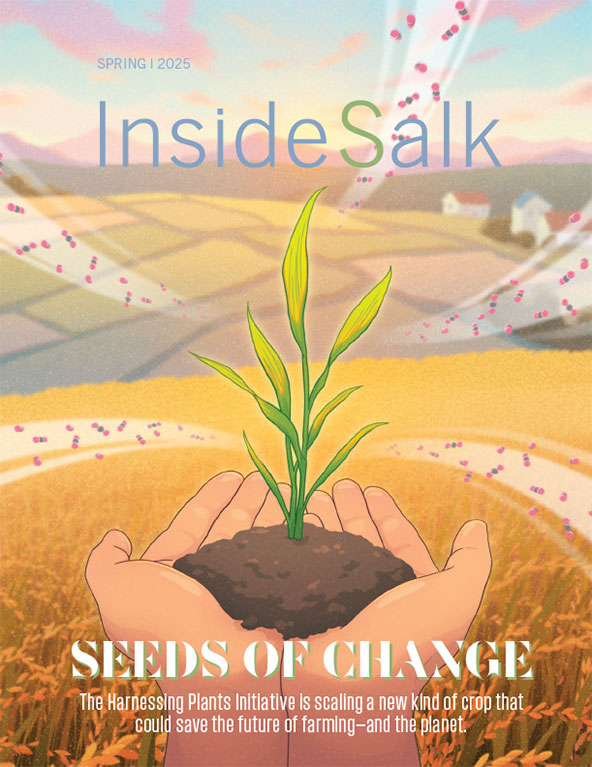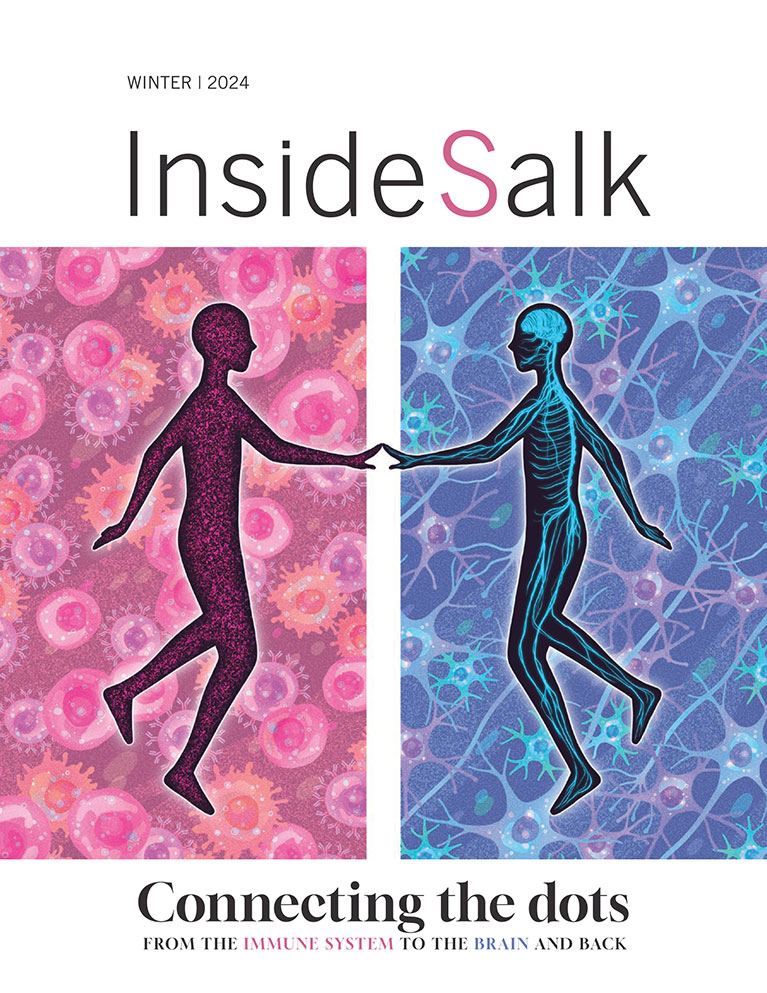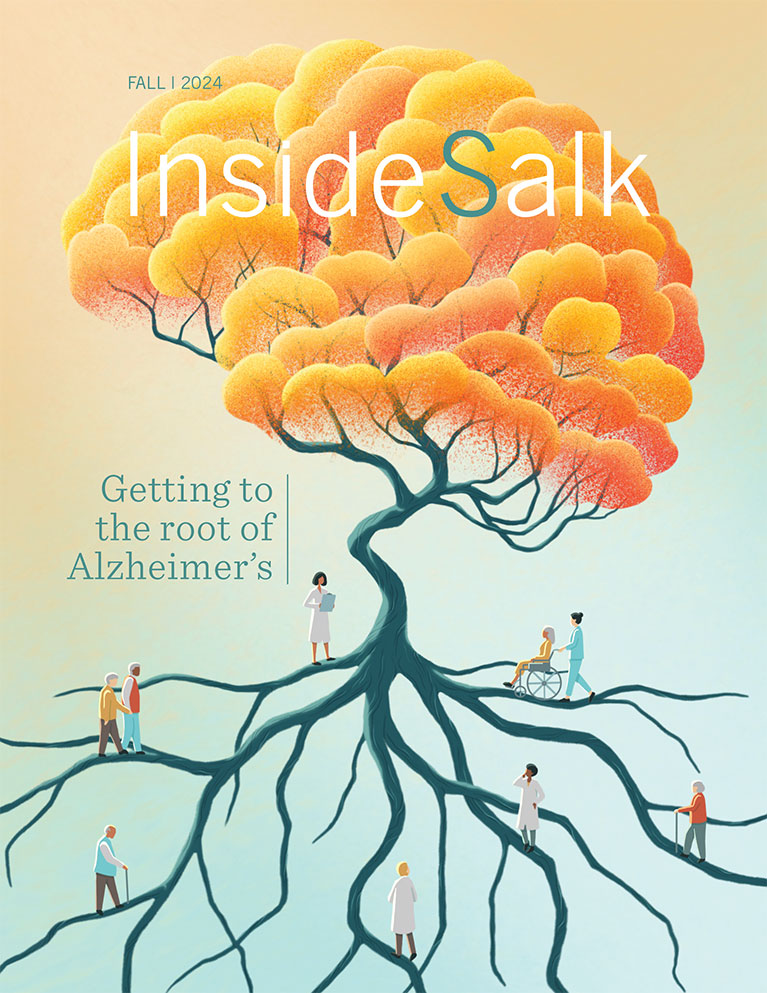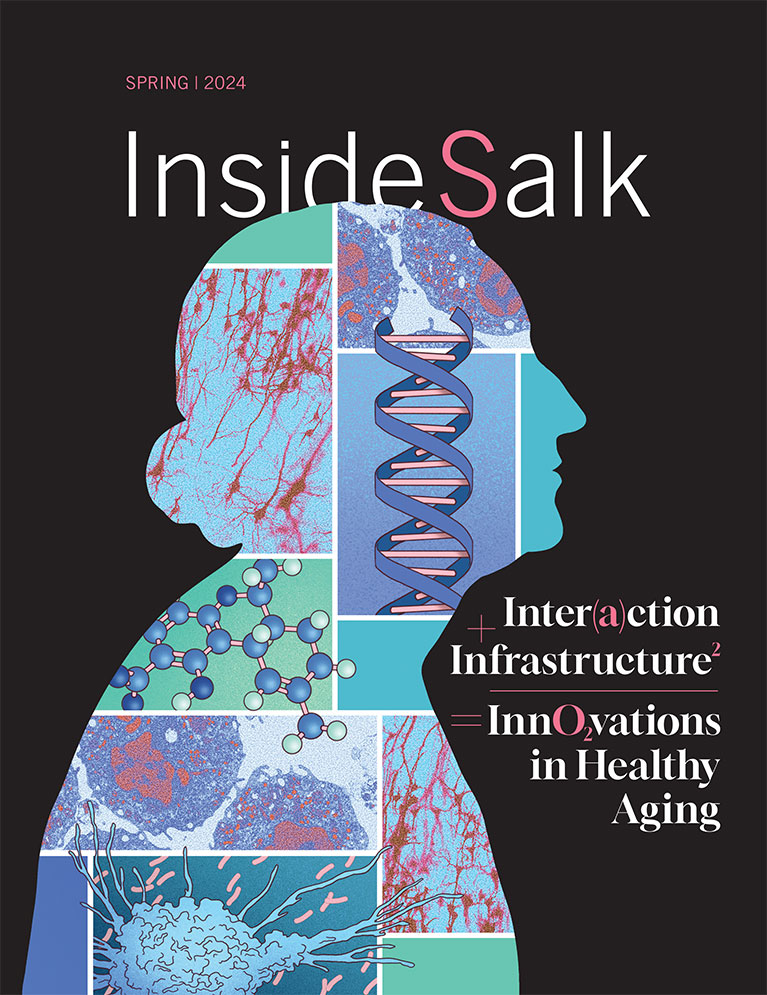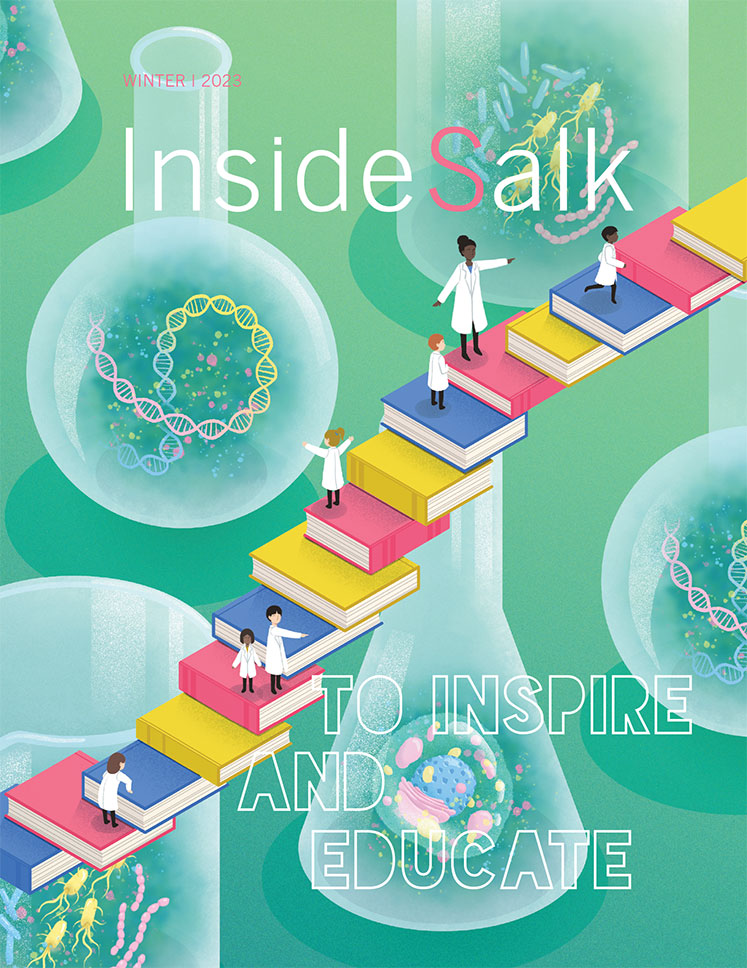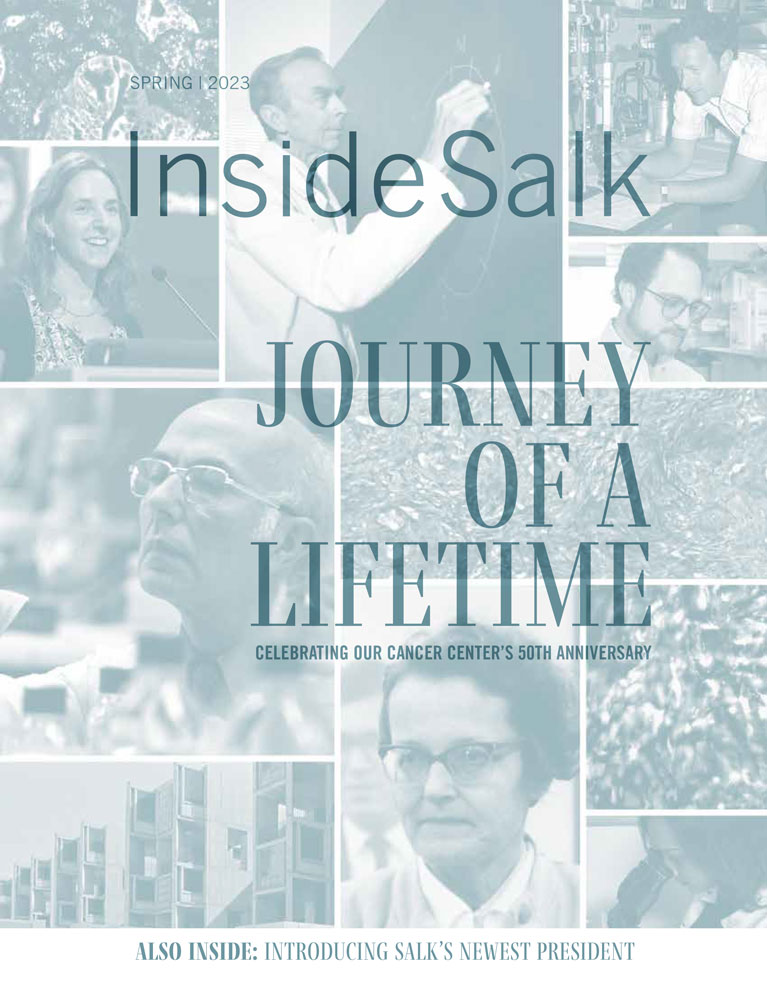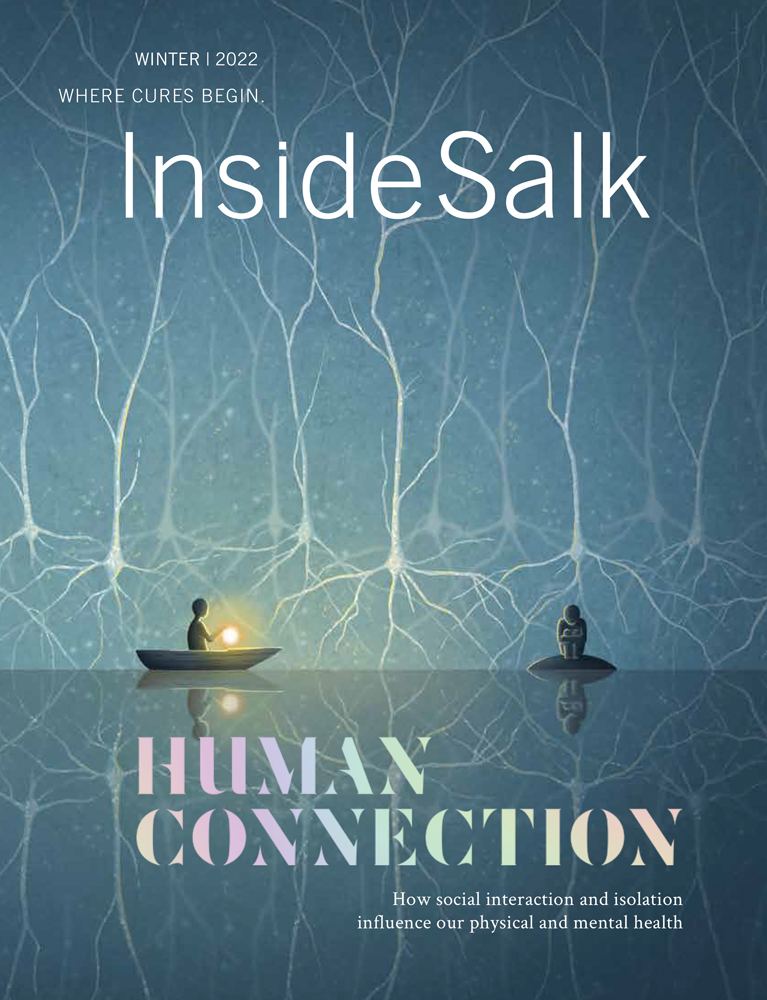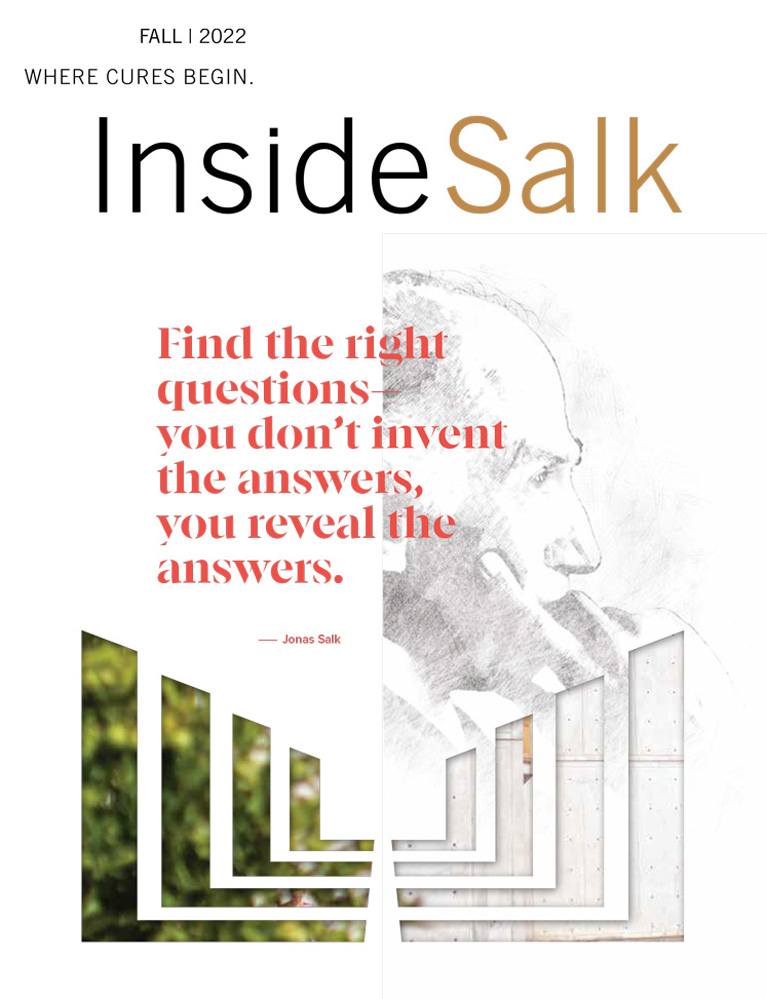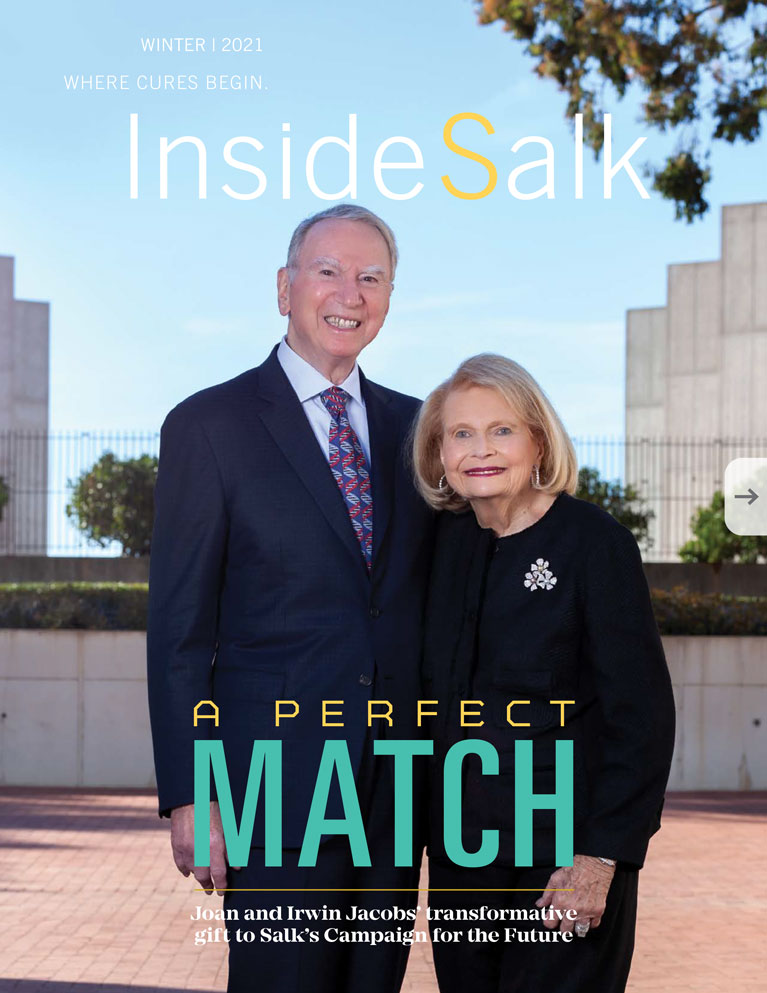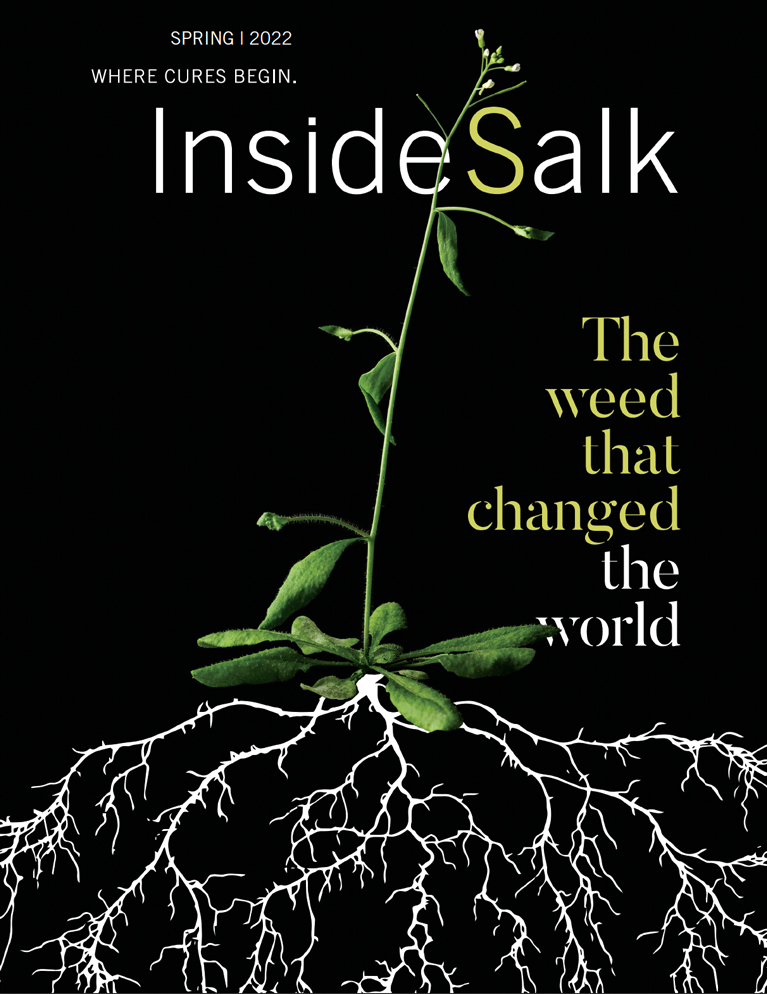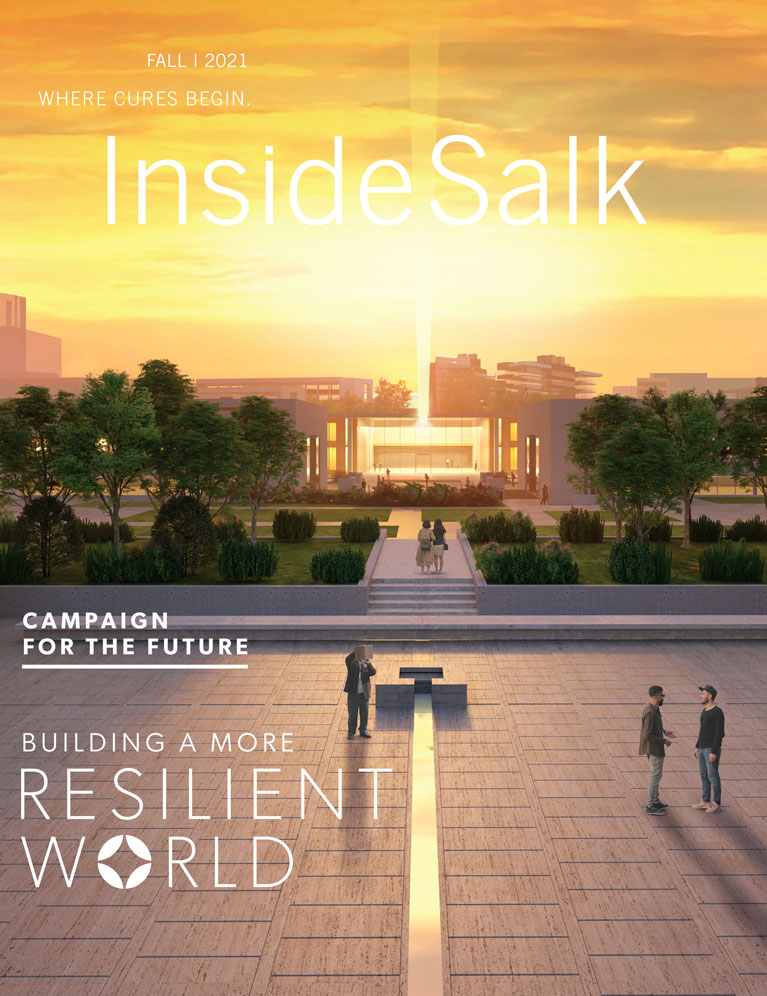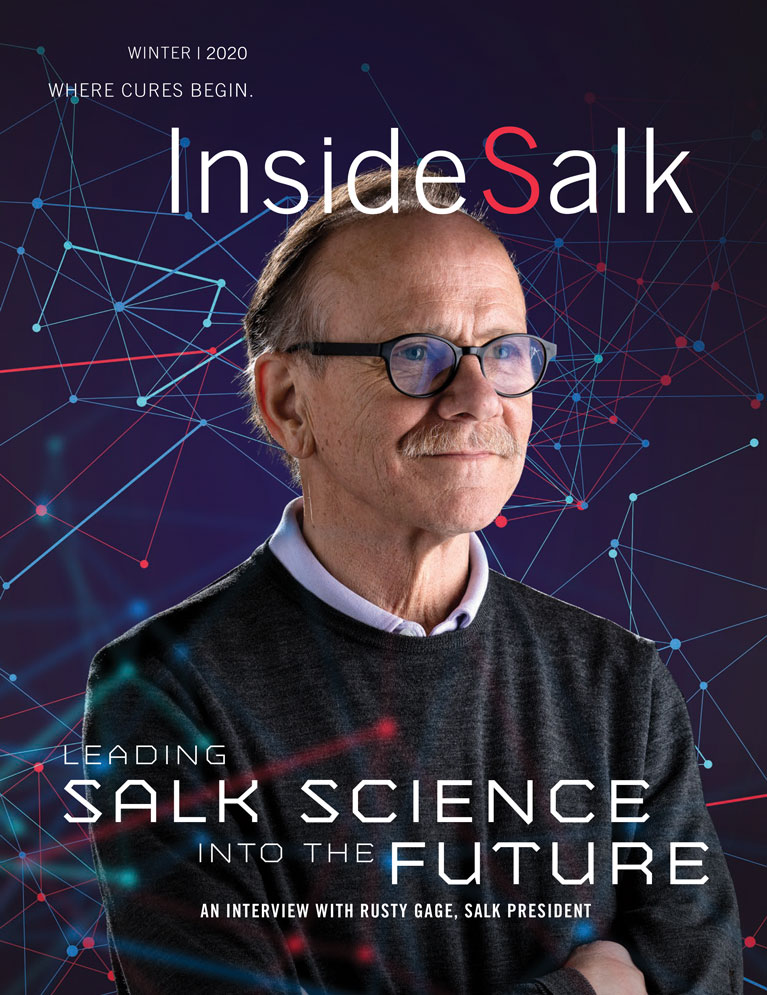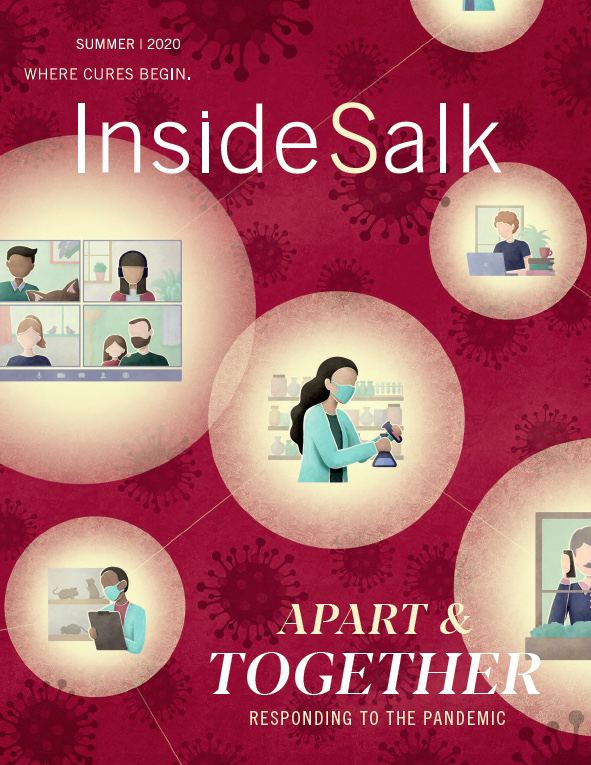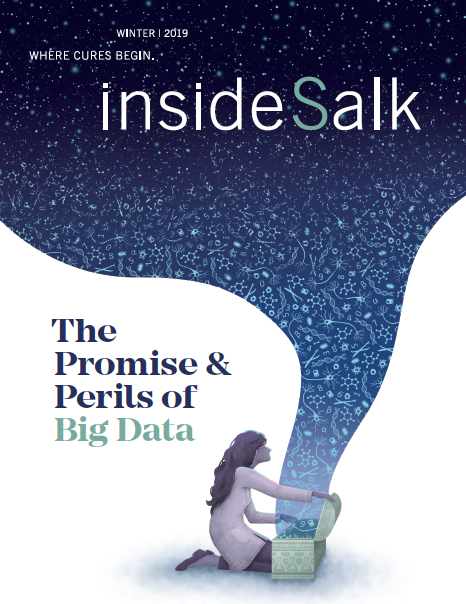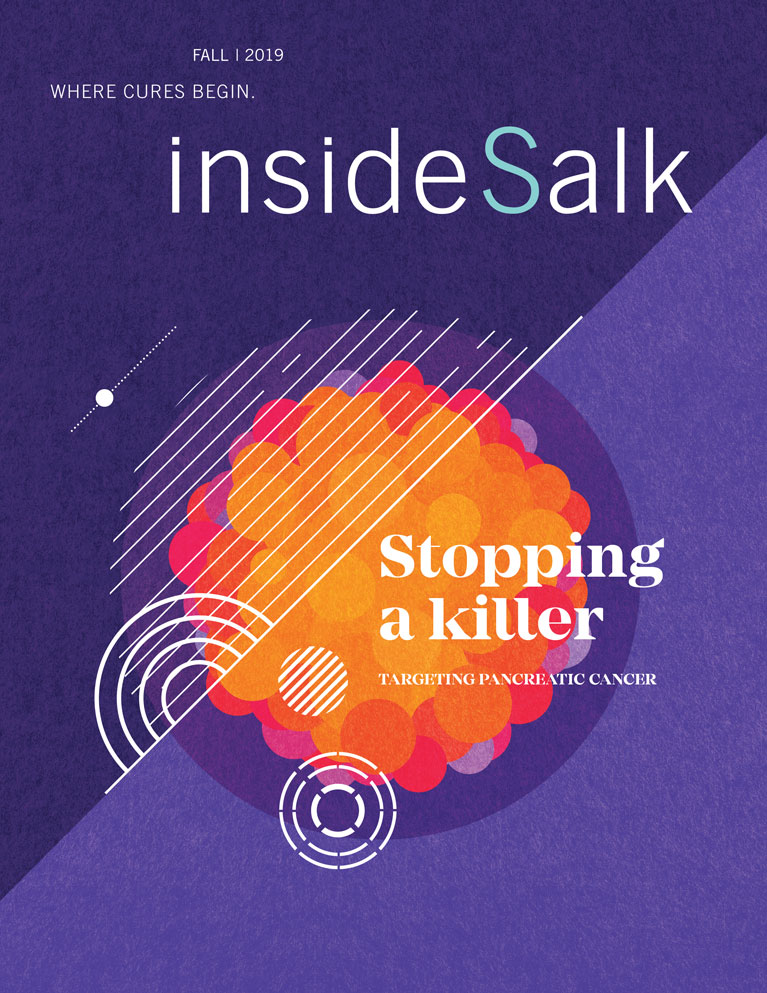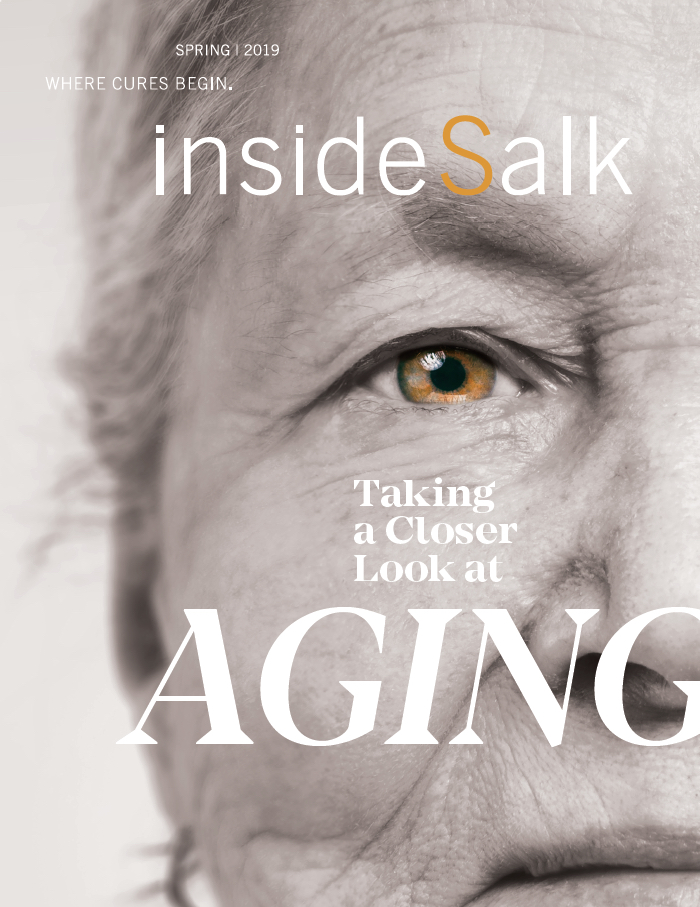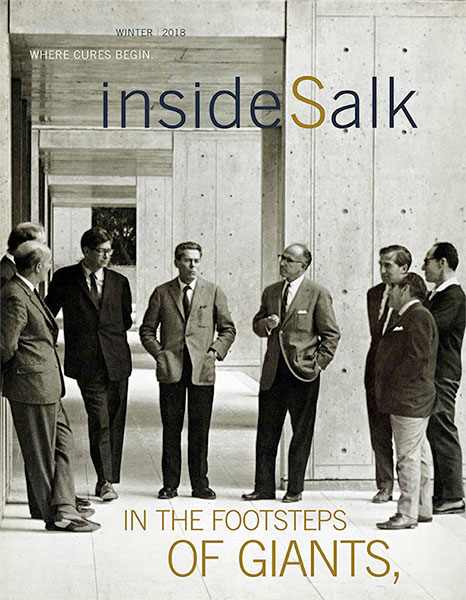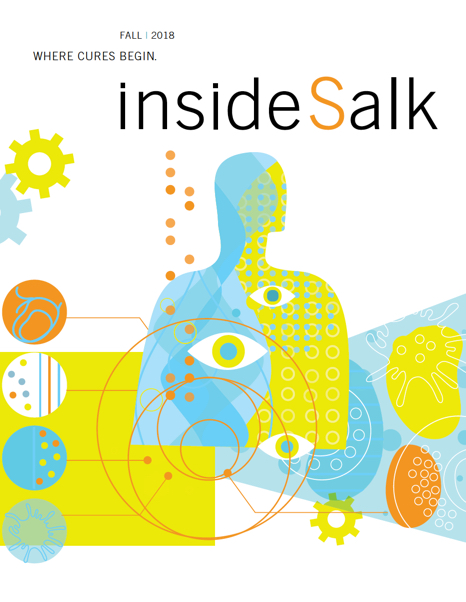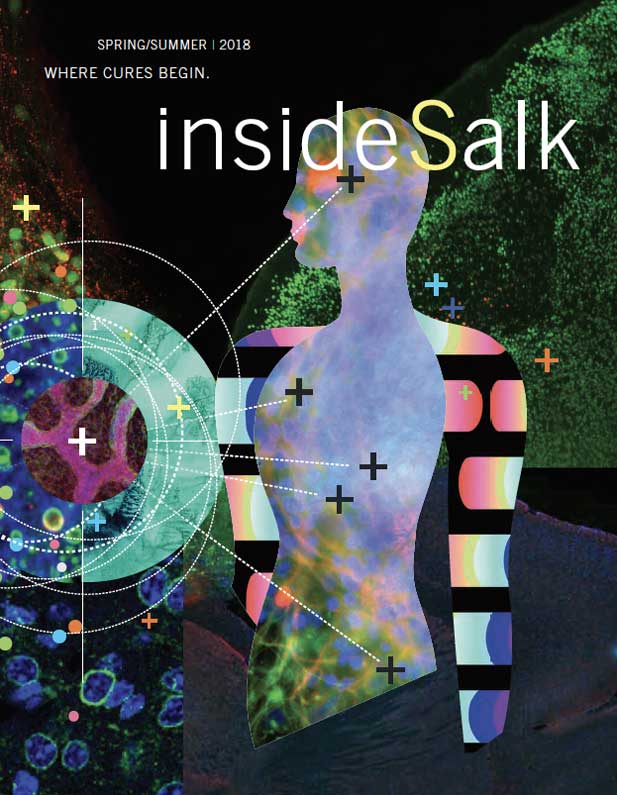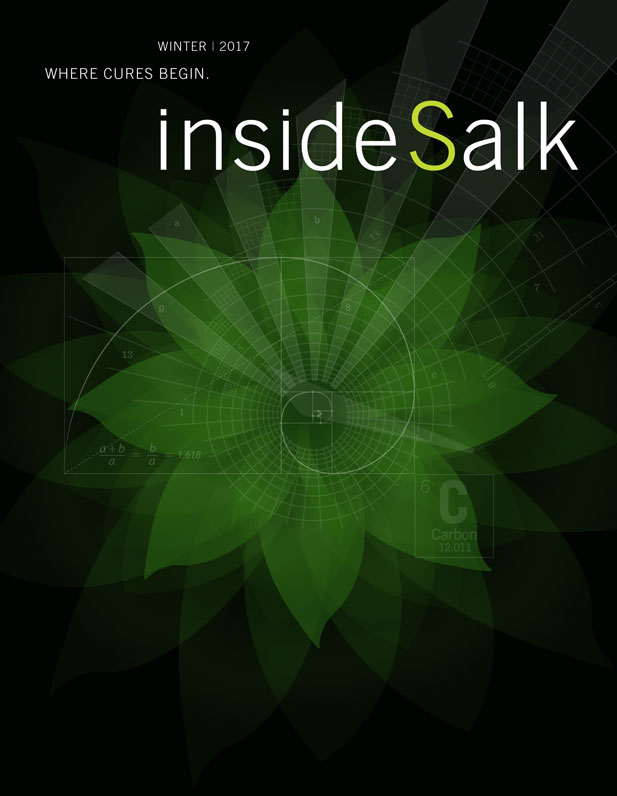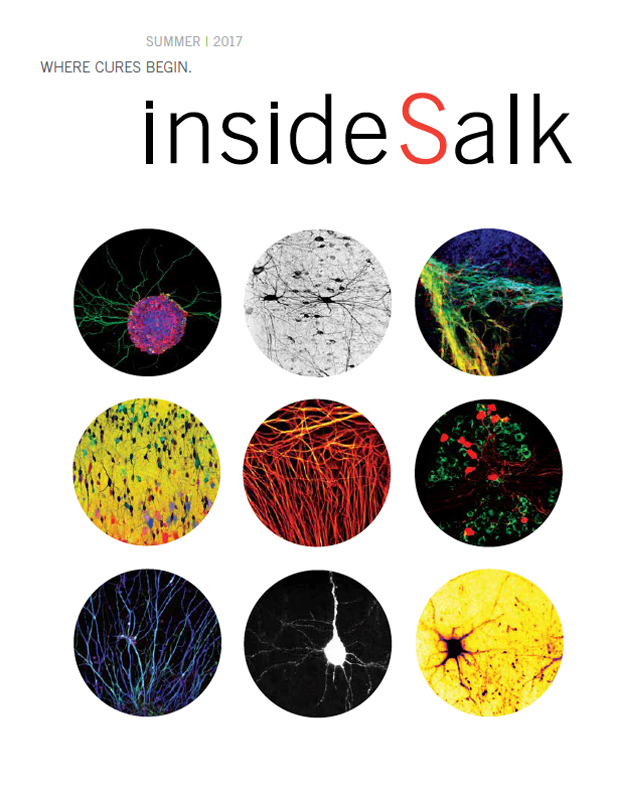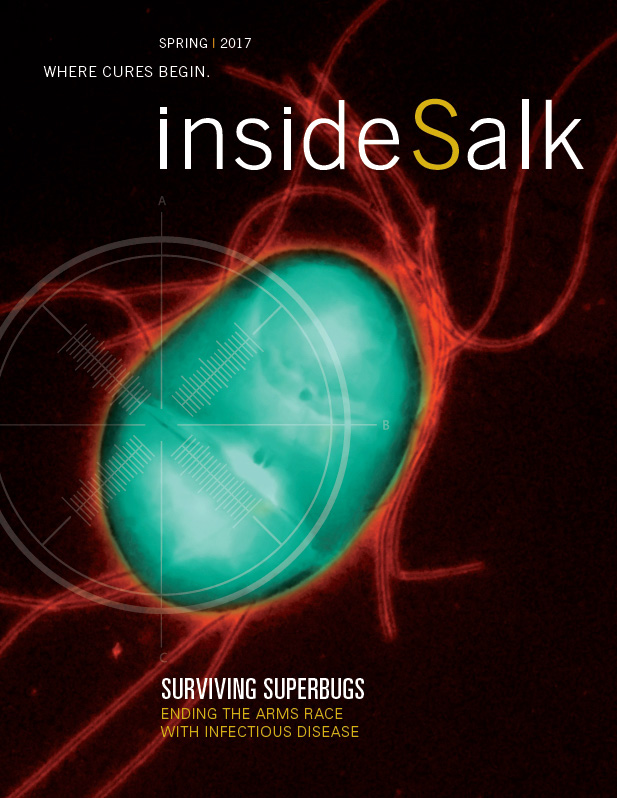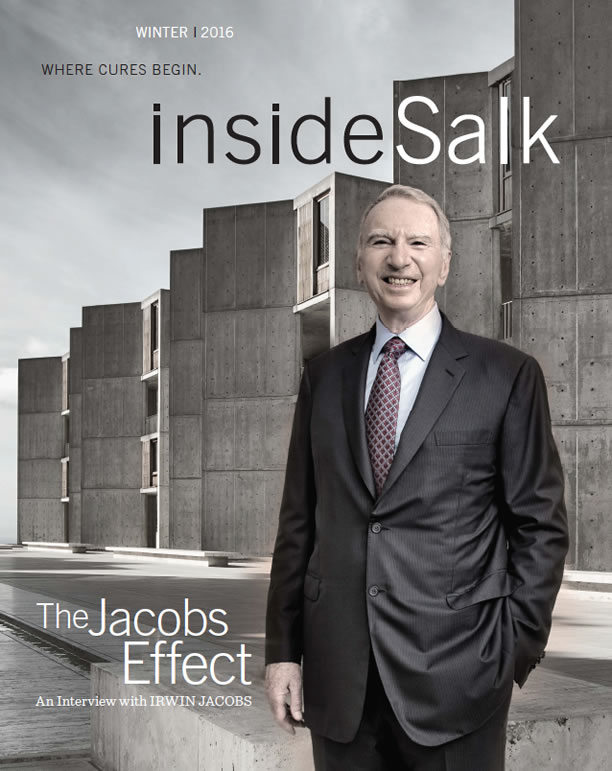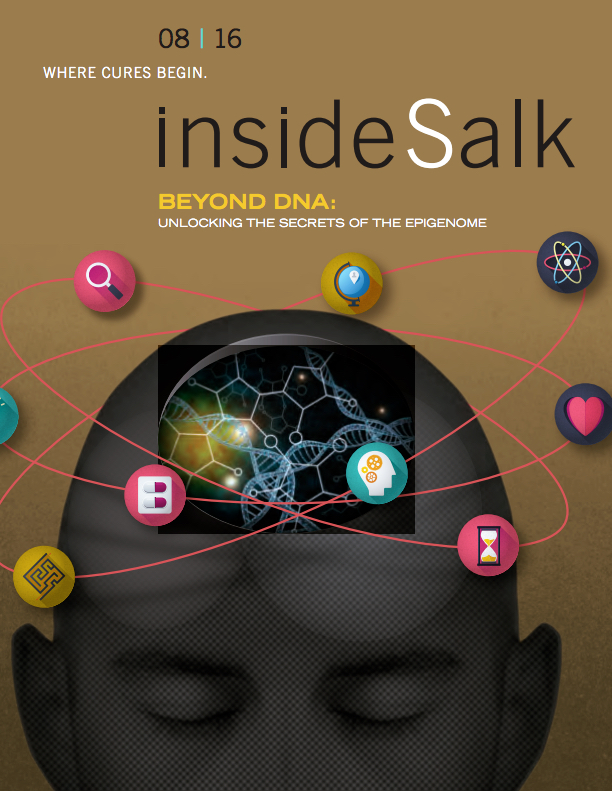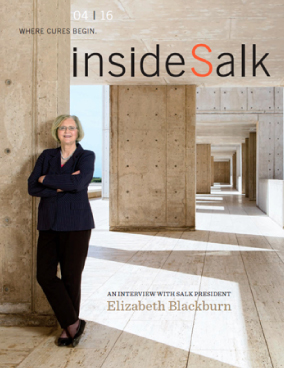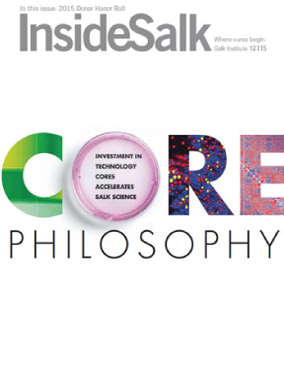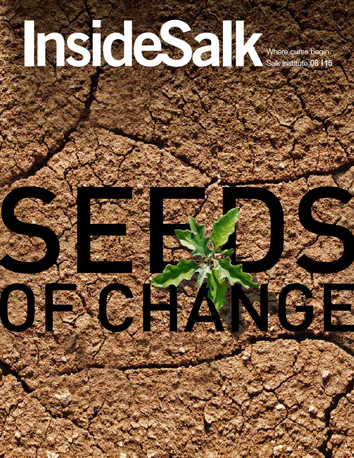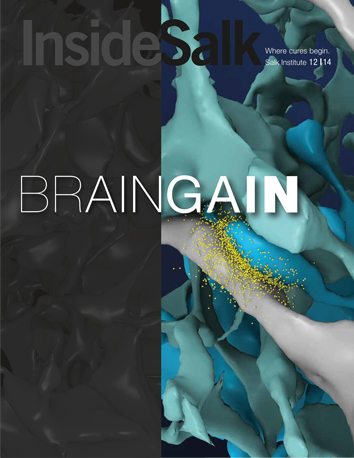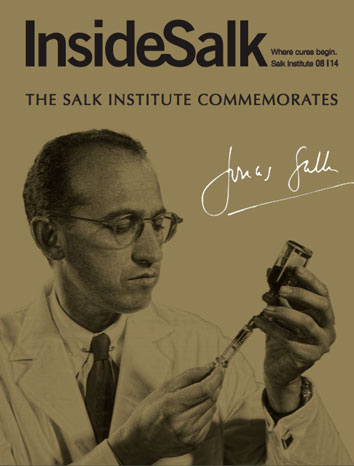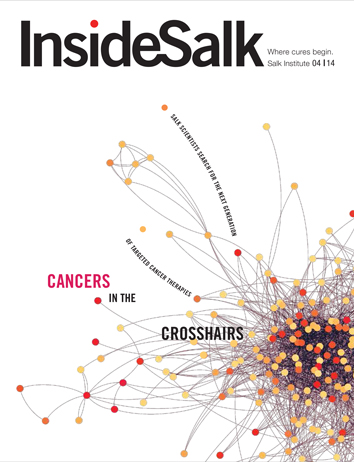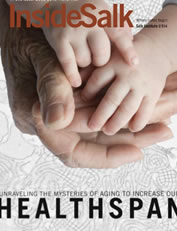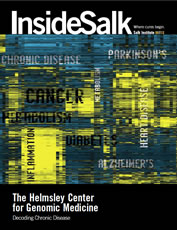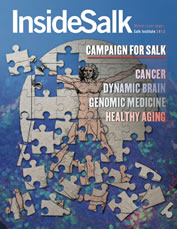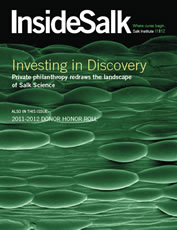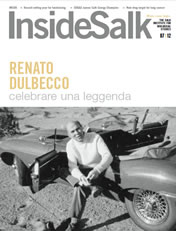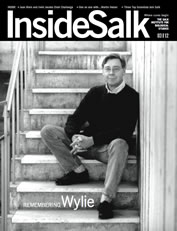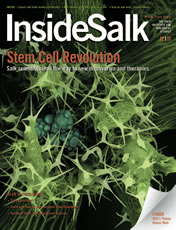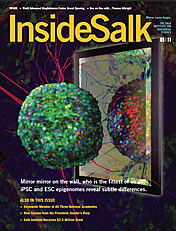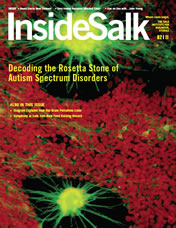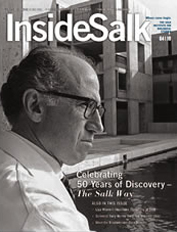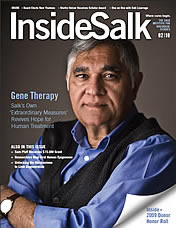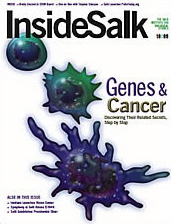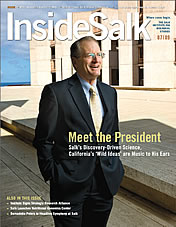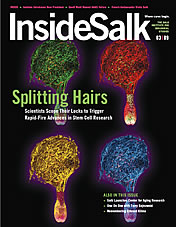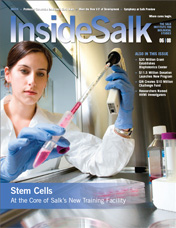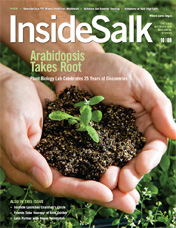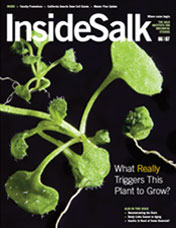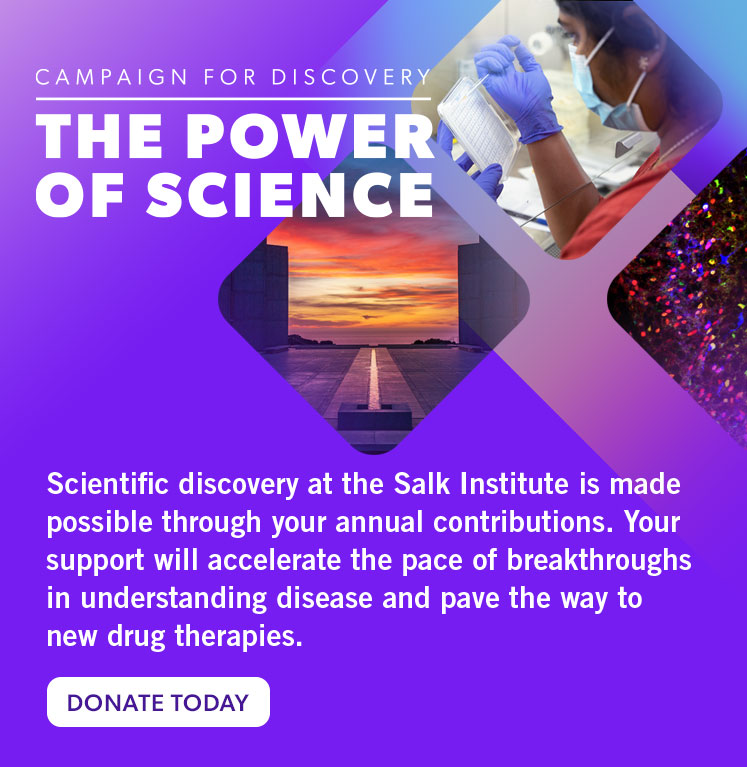Special Feature The day polio met its match Celebrating 70 years of the Salk vaccine
Seventy years ago, on April 12, 1955, a scientific breakthrough changed the course of public health and inspired hope worldwide. The polio vaccine developed by Jonas Salk and his colleagues was officially declared “safe, effective, and potent”—a moment heralded as a triumph of medicine over one of the most feared diseases of the 20th century.
“The most successful public health interventions are often overlooked or underappreciated—we take them for granted because you don’t see what’s not there,” says Salk President Gerald Joyce. “The near-total absence of polio in the US over the past several decades makes it difficult for most of us to understand just how terrible it was and too easy to devalue the heroic efforts that went into eradicating it.
“On this anniversary, join us in remembering what polio took away from many families and communities, the hope and security that Jonas Salk brought us, and the value of vaccines to the past, present, and future of humanity.”
On this milestone anniversary, here are some key things to know:
Polio was terrifying.
In the first half of the 20th century, poliomyelitis, or polio, struck fear into families around the globe. The victims of the disease—primarily children—could face paralysis, lifelong disabilities, or even death. Several polio epidemics occurred between 1948 and 1955 in the US. The outbreak of 1952 was particularly devastating, claiming more than 3,000 lives and leaving another 21,000 people paralyzed. The sight of children in wheelchairs and iron lungs (large machines that helped them breathe) and of parents keeping their children away from public spaces like swimming pools and fairs underscored the desperation for a cure.
Jonas Salk continues to be a hero to many.
Jonas Salk, then a young virologist and researcher, took on the challenge of defeating polio. Unlike other vaccine developers of the time, who experimented with live or weakened viruses, Salk pursued a vaccine based on killed poliovirus. This innovative approach—safer and simpler to produce—became the cornerstone of his work.
By 1954, Salk’s vaccine underwent rigorous testing in one of the largest clinical trials in history. Nearly 2 million children, affectionately called the “Polio Pioneers,” participated. When the announcement came in Ann Arbor, Michigan, on April 12, 1955, that the vaccine was both safe and effective, celebrations erupted across the nation. It was a day many compared to V-E Day or V-J Day, signaling victory in a battle against a relentless enemy.
Salk’s decision not to patent the vaccine ensured its widespread distribution. This act of altruism exemplified his commitment to humanity. In the 1960s, Salk furthered his vision of advancing science for the public good by founding the Salk Institute for Biological Studies. Designed in collaboration with renowned architect Louis Kahn, the Institute continues to be a hub for life-changing research.
By 1954, Salk’s vaccine was tested in one of the largest clinical trials, involving nearly 2 million children known as the “Polio Pioneers.”
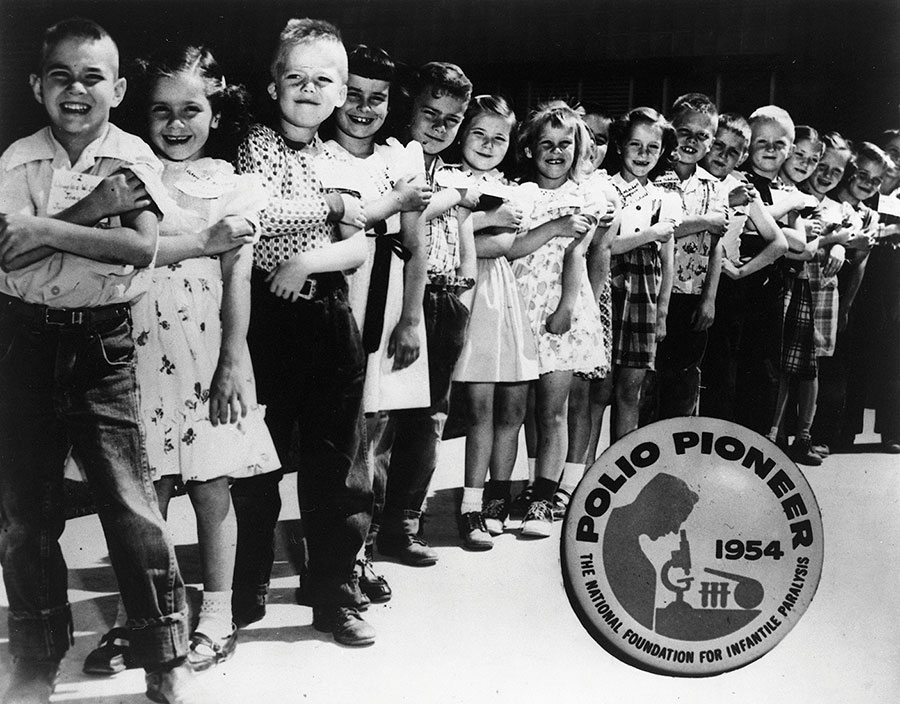

Bulletin clipping announcing the polio vaccine to be safe and effective.
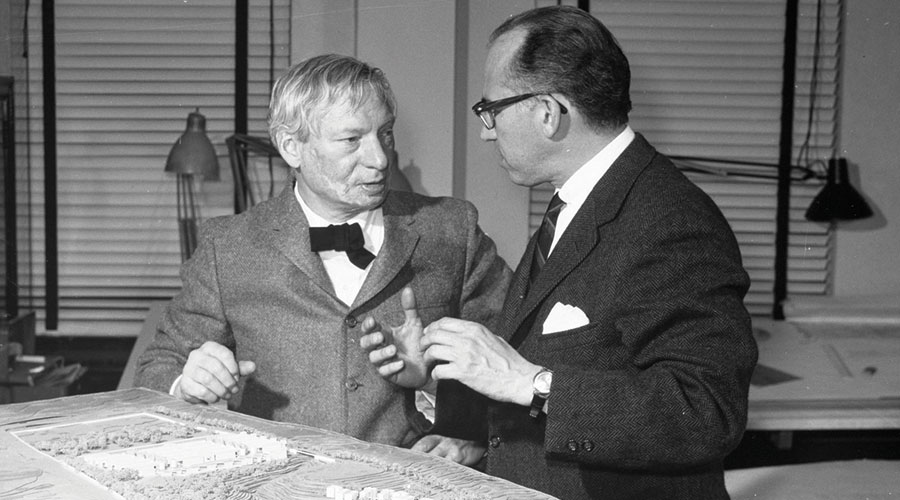
From left: Louis Kahn and Jonas Salk engage in a discussion over the Salk Institute model.
The polio vaccine’s impact still resonates today.
The introduction of Salk’s vaccine led to an unprecedented drop in polio cases. In the US, the average annual number of cases plummeted from 45,000 before the vaccine to just 910 by 1962. Worldwide, polio cases have fallen by more than 99 percent since the vaccine’s introduction, thanks to expanded immunization programs and collaborative global efforts. Today, polio is on the verge of eradication, a testament to the power of vaccines and public health initiatives.
The work of safeguarding humanity is never truly done.
Seventy years later, the success of the Salk vaccine serves as a powerful reminder of what science and collaboration can achieve. It also underscores the importance of global vaccination efforts in preventing disease and protecting public health. While polio has been nearly eradicated, the continued fight to eliminate the disease entirely reminds us that the work of safeguarding humanity is never truly done.
As we celebrate this landmark anniversary, let us honor Jonas Salk and all those who contributed to this extraordinary achievement. Their efforts not only conquered polio but also paved the way for future scientific innovations—at the Salk Institute and elsewhere—that save lives and bring hope to millions worldwide
Featured Stories
 Seeds of change: The Harnessing Plants Initiative is scaling a new kind of crop that could save the future of farming—and the planetFarmers and plant biologists are linking arms to build more sustainable, resilient agriculture. Salk scientists are working to enhance plants' natural ability to capture carbon to clean our air and restore environmental stability—all while maintaining productivity for growers.
Seeds of change: The Harnessing Plants Initiative is scaling a new kind of crop that could save the future of farming—and the planetFarmers and plant biologists are linking arms to build more sustainable, resilient agriculture. Salk scientists are working to enhance plants' natural ability to capture carbon to clean our air and restore environmental stability—all while maintaining productivity for growers.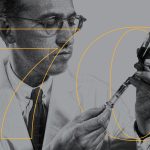 The day polio met its match: Celebrating 70 years of the Salk vaccineSeventy years ago, on April 12, 1955, the polio vaccine developed by Jonas Salk and his colleagues was officially declared “safe, effective, and potent”—a moment heralded as a triumph of medicine over one of the most feared diseases of the 20th century. On this milestone anniversary, it's crucial to remember that fear, and learn from this historic public health success.
The day polio met its match: Celebrating 70 years of the Salk vaccineSeventy years ago, on April 12, 1955, the polio vaccine developed by Jonas Salk and his colleagues was officially declared “safe, effective, and potent”—a moment heralded as a triumph of medicine over one of the most feared diseases of the 20th century. On this milestone anniversary, it's crucial to remember that fear, and learn from this historic public health success. Pallav Kosuri: Making magic out of moleculesA physicist-turned-bioengineer, Kosuri is developing nanoscale technologies that are on their way to transforming how we diagnose and treat diseases. Kosuri’s lab is using DNA to create a suite of biosensors, diagnostic tools, and drug delivery systems.
Pallav Kosuri: Making magic out of moleculesA physicist-turned-bioengineer, Kosuri is developing nanoscale technologies that are on their way to transforming how we diagnose and treat diseases. Kosuri’s lab is using DNA to create a suite of biosensors, diagnostic tools, and drug delivery systems. Suzanne Page: Uprooting, replanting, and blooming againIn October 2024, the Salk Institute named Suzanne Page as its new Vice President and Chief Operating Officer. Page has lived and traveled all over the country, developing a strong background in research operations, finance, and legal in the for-profit and nonprofit sectors—leading her to "manifest" her role at Salk.
Suzanne Page: Uprooting, replanting, and blooming againIn October 2024, the Salk Institute named Suzanne Page as its new Vice President and Chief Operating Officer. Page has lived and traveled all over the country, developing a strong background in research operations, finance, and legal in the for-profit and nonprofit sectors—leading her to "manifest" her role at Salk.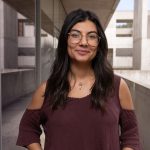 Irene López Gutiérrez: After every storm comes sunshine—and scienceRainy winter weather in Gutiérrez's seaside hometown in Spain led to long days indoors, where she found a science television show that inspired an entire life of education and research that eventually brought her to Salk. Today, she works in Professor Susan Kaech's lab studying Alzheimer's disease.
Irene López Gutiérrez: After every storm comes sunshine—and scienceRainy winter weather in Gutiérrez's seaside hometown in Spain led to long days indoors, where she found a science television show that inspired an entire life of education and research that eventually brought her to Salk. Today, she works in Professor Susan Kaech's lab studying Alzheimer's disease. Michelle Chamberlain named Salk’s new Vice President of External RelationsMichelle Chamberlain assumed the role on April 2, where she will serve on Salk's Executive Leadership Team and oversee all fundraising efforts, communications, community engagement, education outreach programs, foundation relations, and stewardship activities.
Michelle Chamberlain named Salk’s new Vice President of External RelationsMichelle Chamberlain assumed the role on April 2, where she will serve on Salk's Executive Leadership Team and oversee all fundraising efforts, communications, community engagement, education outreach programs, foundation relations, and stewardship activities.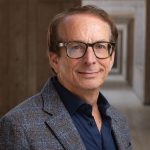 Trustee Richard A. Heyman donates $4.5 million to enable early-stage innovative researchRichard A. Heyman, a member of the Salk Institute’s Board of Trustees, and his wife, Anne Daigle, have donated $4.5 million to establish the new Richard A. Heyman Collaborative Innovation Fund to support Institute faculty on collaborative, early-stage studies aimed at big, bold questions.
Trustee Richard A. Heyman donates $4.5 million to enable early-stage innovative researchRichard A. Heyman, a member of the Salk Institute’s Board of Trustees, and his wife, Anne Daigle, have donated $4.5 million to establish the new Richard A. Heyman Collaborative Innovation Fund to support Institute faculty on collaborative, early-stage studies aimed at big, bold questions.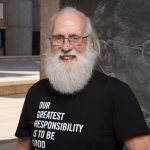 50 years of discovery: Professor Tony Hunter’s half-century legacy at SalkTony Hunter first arrived at the Salk Institute in 1971 as a postdoctoral trainee from the University of Cambridge. Four years later, he officially joined the Institute as an assistant professor and cancer biology pioneer.
50 years of discovery: Professor Tony Hunter’s half-century legacy at SalkTony Hunter first arrived at the Salk Institute in 1971 as a postdoctoral trainee from the University of Cambridge. Four years later, he officially joined the Institute as an assistant professor and cancer biology pioneer.

